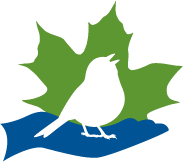
Biodiversity is the cornerstone of our natural environment. The term can be used to describe the different organisms in one area, but can also refer to the incredible variety of life on our planet. At the Parker Meadow conservation area, we can observe a range of species in an assortment of habitat types including a seasonal pond, forest, meadow, and red maple swamp, where the abiotic factors — the air, water, temperature and so on — vary from place to place. To have this level of variety in such a small geographic area is a very special resource, and one that is now available to users of all abilities.
For more information on this page about biodiversity, click on the links below:
- Videos about biodiversity
- A detailed outline of the sign about biodiversity at the Parker Meadow conservation area in Lexington, MA
- Multilingual audio files of the information on the vernal pool sign
- A map showing the location of the Parker Meadow conservation area in Lexington, MA.
Selected Videos About Biodiversity
Following are a couple of videos providing a brief overview of the concept of Biodiversity
This video by the Buffalo Museum of Science is a good introduction to the science of biodiversity.
This video by the Harvard Museum of Natural History provides an introduction to the value of wetlands for both wildlife and the water supply.
Parker Meadow Bio-Diversity Interpretive Sign
Following is a web version of the interpretive sign at Parker Meadow, for those who are visiting online.

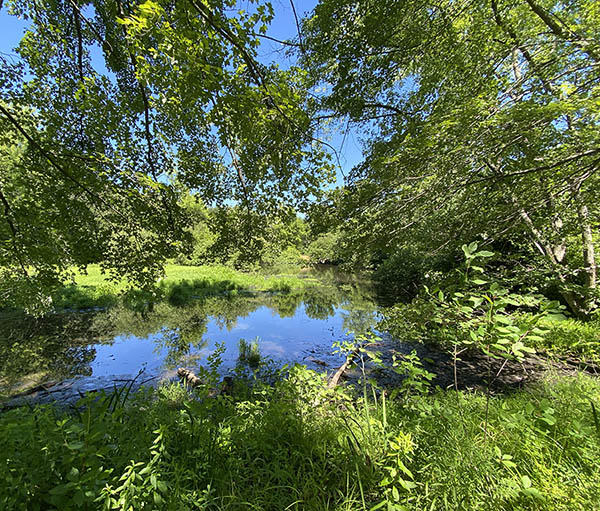
Biodiversity is variety in plant, animal, fungal and bacterial species. Biodiversity:
- fosters healthy ecosystems
- is critical for pollinators, which thrive in biologically rich habitats
- is essential for a robust food system
- increases a region’s resilience to variations in weather and climate
Parker Meadow combines a seasonal pond, open and edge spaces, and woodland habitat areas to create a biodiverse environment for many kinds of wildlife.

During the spring and summer months, the wetland area at Parker Meadow is filled with the sights and sounds of migrating and nesting birds, along with amphibians and aquatic insects. You may hear bullfrog or warbler calls or see an occasional blue heron searching for food.
For more information about wetlands as biodiversity hotspots, click here:
For more information about the bird life that may be found at Parker Meadow, click here:
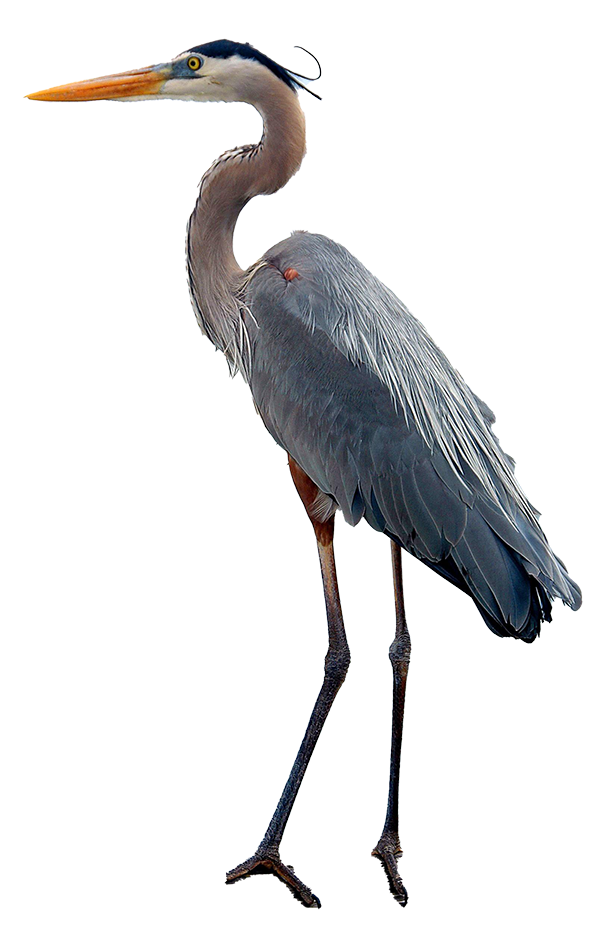

Meadows can function as complex food webs. Abundant flowers bring insects, which in turn provide food for both migrating birds in spring and fledglings in summer. In autumn, small mammals will eat or store seeds for winter consumption. Throughout winter, burrowing animals like voles attract higher level predators such as foxes and hawks.
Would you like to make your own backyard meadow, and help increase opportunities for diversifying wildlife in your neighborhood? Check out MS4B (Meadowscaping for Biodiversity) right here in nearby Waltham, MA!
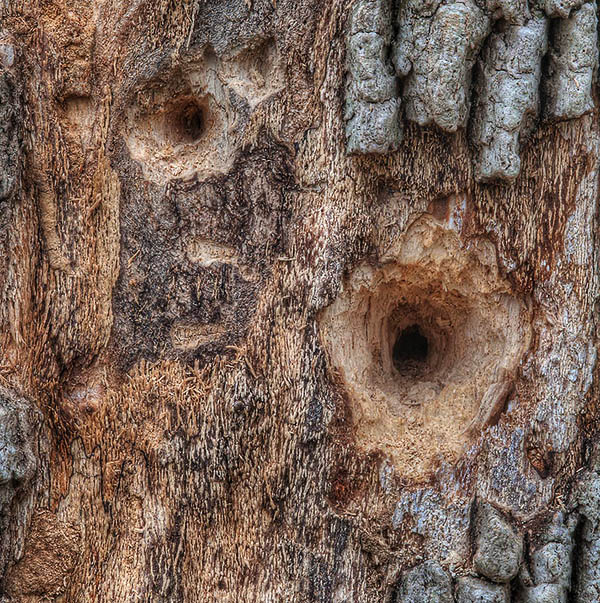

The successional woods surrounding the meadow and pond replace a farm abandoned decades ago. On the trails you can find mature oak and beech trees, along with red maple and quaking aspen. Ferns and other woodland flowers carpet the ground during the warmer months. When trees are bare, look for holes left by woodpeckers or squirrel dreys (nests) high in the tree canopy.
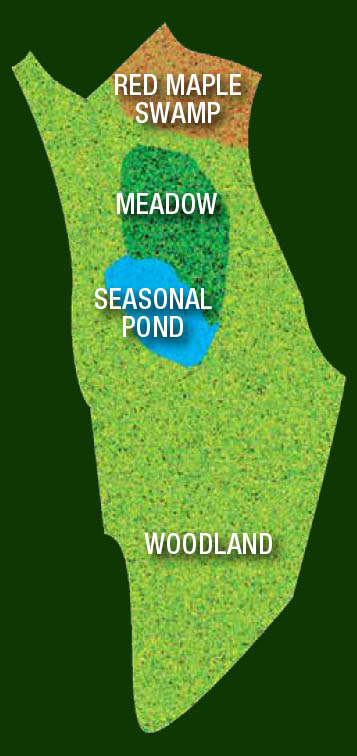
The interplay between the species you find in this small pond, the nearby meadow and the surrounding woodlands represents a biodiverse community in action! To maintain the present biodiversity found here, periodic management is needed to address threats such as invasive species and the succession of forest replacing the meadow if not mowed annually.
On a wider scale, the pond at Parker Meadow is part of the Merrimack River watershed. Lexington is a headwaters community: that is, all waters flow out of Lexington, none flow in. All of the town’s waterways contribute to one of 3 Massachusetts watersheds – the Mystic, Shawsheen, or Merrimack. Click the link below for details about this important piece of our state’s natural water system.
https://www.arcgis.com/apps/MapSeries/index.html?appid=922e1c016c6e42b199f902d1cfb84bbd
Parker Meadow Google Map
This is the Google map that can be used to find Parker Meadow. Parking, including handicapped parking, is available off of Revere Street. The trails are designed to be universally accessible.
Audio Files:
ENGLISH:
 Mandarin:
Mandarin:
ESPAÑOL:

